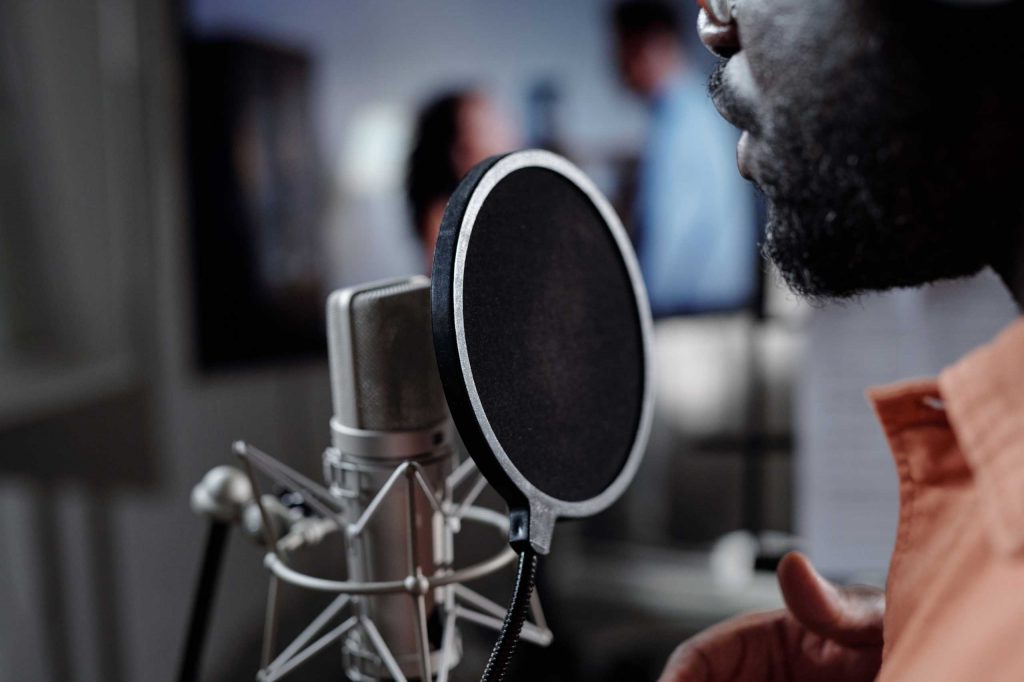Many newcomers use “dubbing” and “voice-over” interchangeably. While they both rely on vocal performance, these two crafts have distinct goals, challenges, and techniques.
If you’re serious about entering this world, knowing the difference will help you find your niche — or master both.
1. What Is Voice-Over?
Voice-over is any spoken performance added to visual content — but not necessarily matched to a character’s lips or timing. You’ve heard it in:
- Commercials
- Documentaries
- Audiobooks
- Corporate videos
- Explainers and e-learning
Here, your voice guides, narrates, or persuades. You often speak as yourself, or in a calm, clear, expressive tone. Emotion matters — but precision and clarity are key.
2. What Is Dubbing?
Dubbing, on the other hand, is the art of replacing the original voice in a film, series, or animation with a new language or performance. It demands:
- Lip-sync accuracy
- Emotion matching
- Timing mastery
- Character embodiment
You’re not just reading — you’re becoming the character. You must reflect the exact energy, rhythm, and even breathing of the original performance.
3. Different Tools, Different Training
Voice-over training often focuses on:
- Reading with clarity
- Voice control and tone
- Connecting with unseen listeners
- Understanding commercial or corporate rhythm
Dubbing training focuses on:
- Syncing with video
- Emotional mimicry
- Matching expressions and breaths
- Shifting quickly between characters
Both require acting, but dubbing is like theater on fast-forward — precise, responsive, and technical.
4. Which One Should You Start With?
If you’re new and want to build control over your voice, voice-over can be a gentler entry point. It teaches you pacing, tone, and delivery in a less pressured environment.
If you love acting and storytelling, and you’re ready for detailed work, dubbing is a thrilling challenge. It’s fast, immersive, and full of character work.
The best part? Many successful artists do both — and find that skills from one feed into the other.
5. How Our Studio Covers Both
At Voice Over Studio, we offer structured paths for both disciplines. You can explore voice-over basics and later move into dubbing… or jump straight into the sync work. Our coaches help you discover your strengths — and build your range over time.
Conclusion
Voice-over and dubbing may seem similar, but their demands are different. One speaks to the audience. The other speaks as the character.
Learn the difference, and you’ll not only become more skilled — you’ll become more versatile, and more valuable to producers, studios, and casting directors alike.

